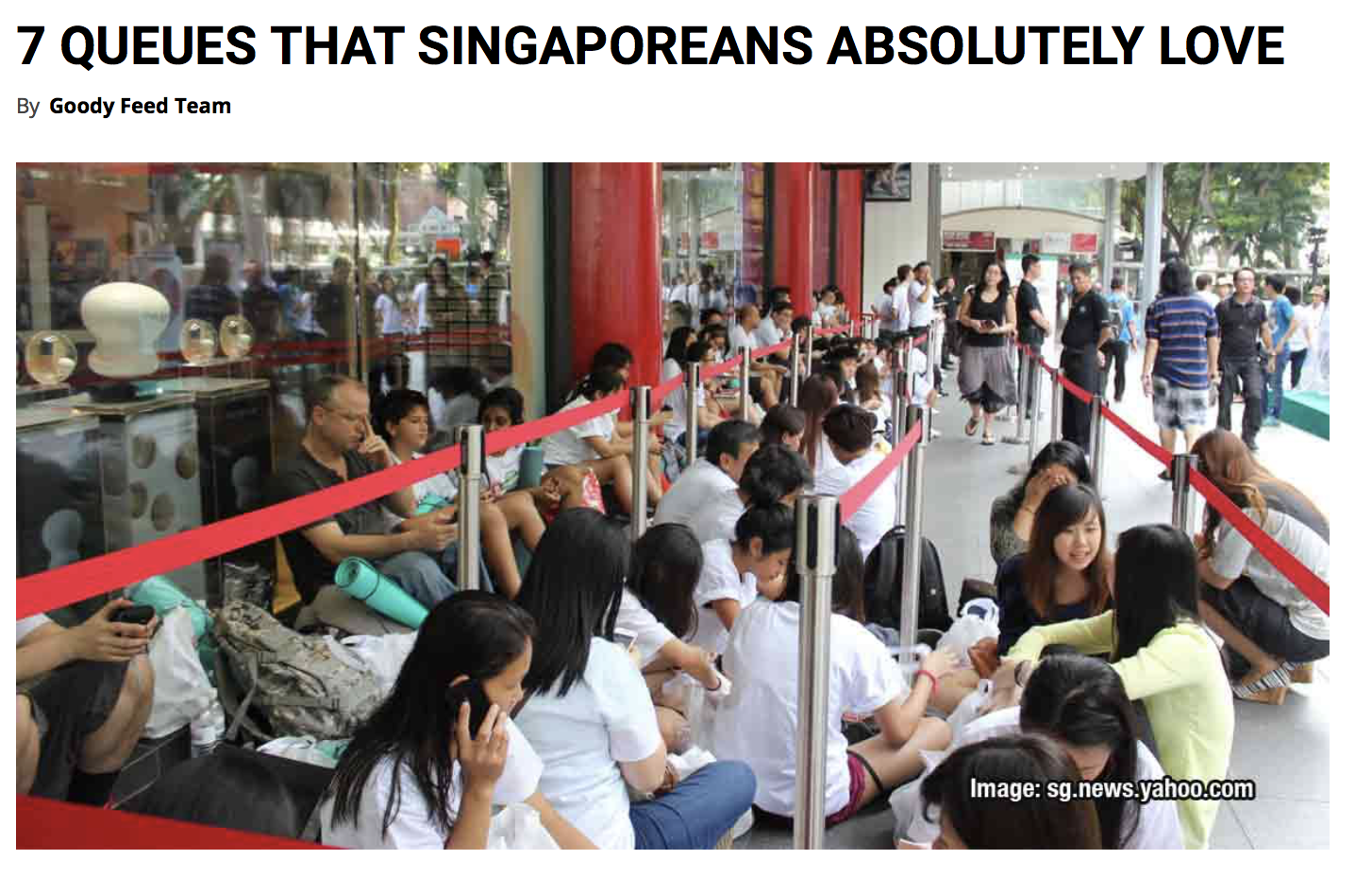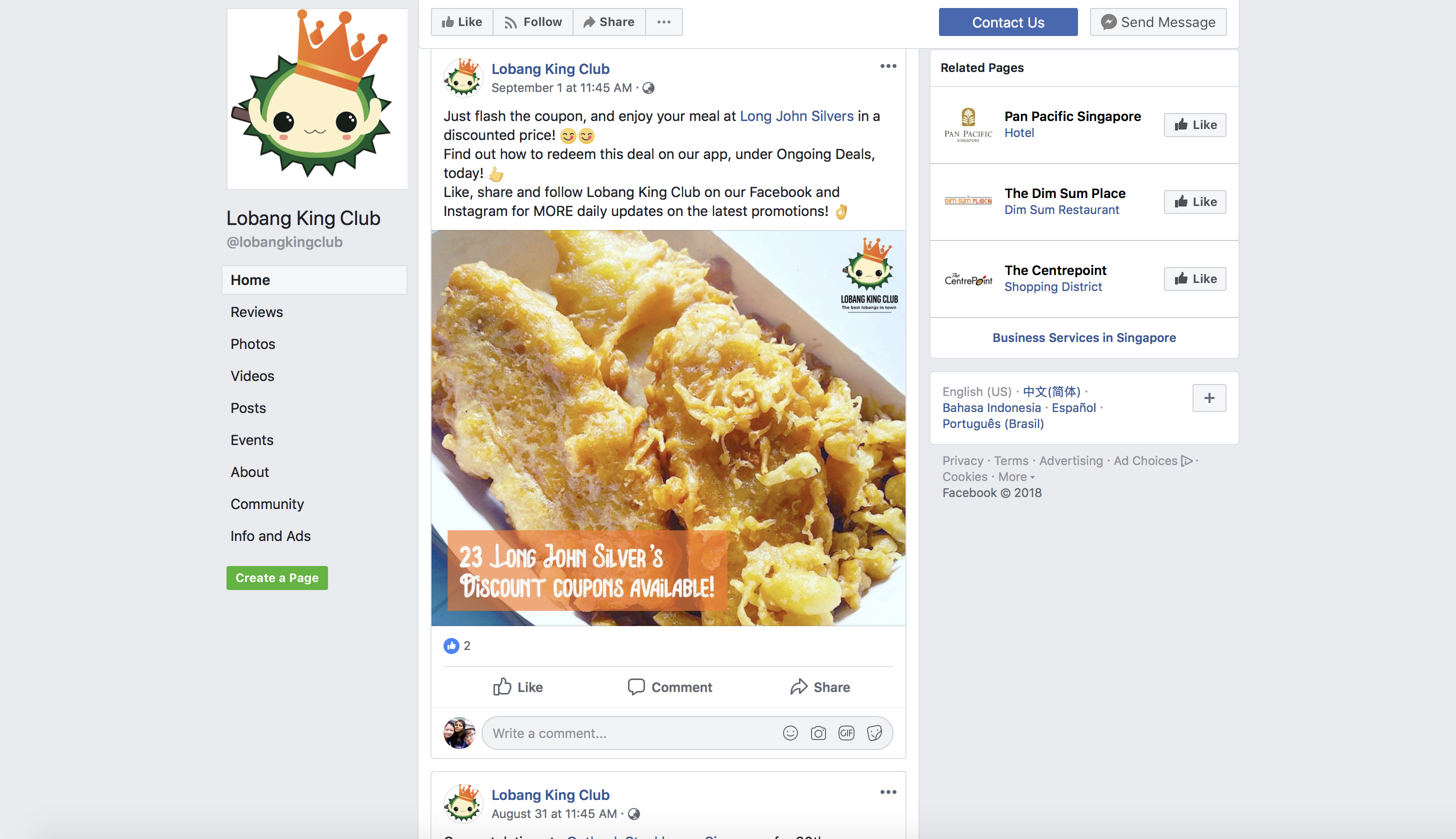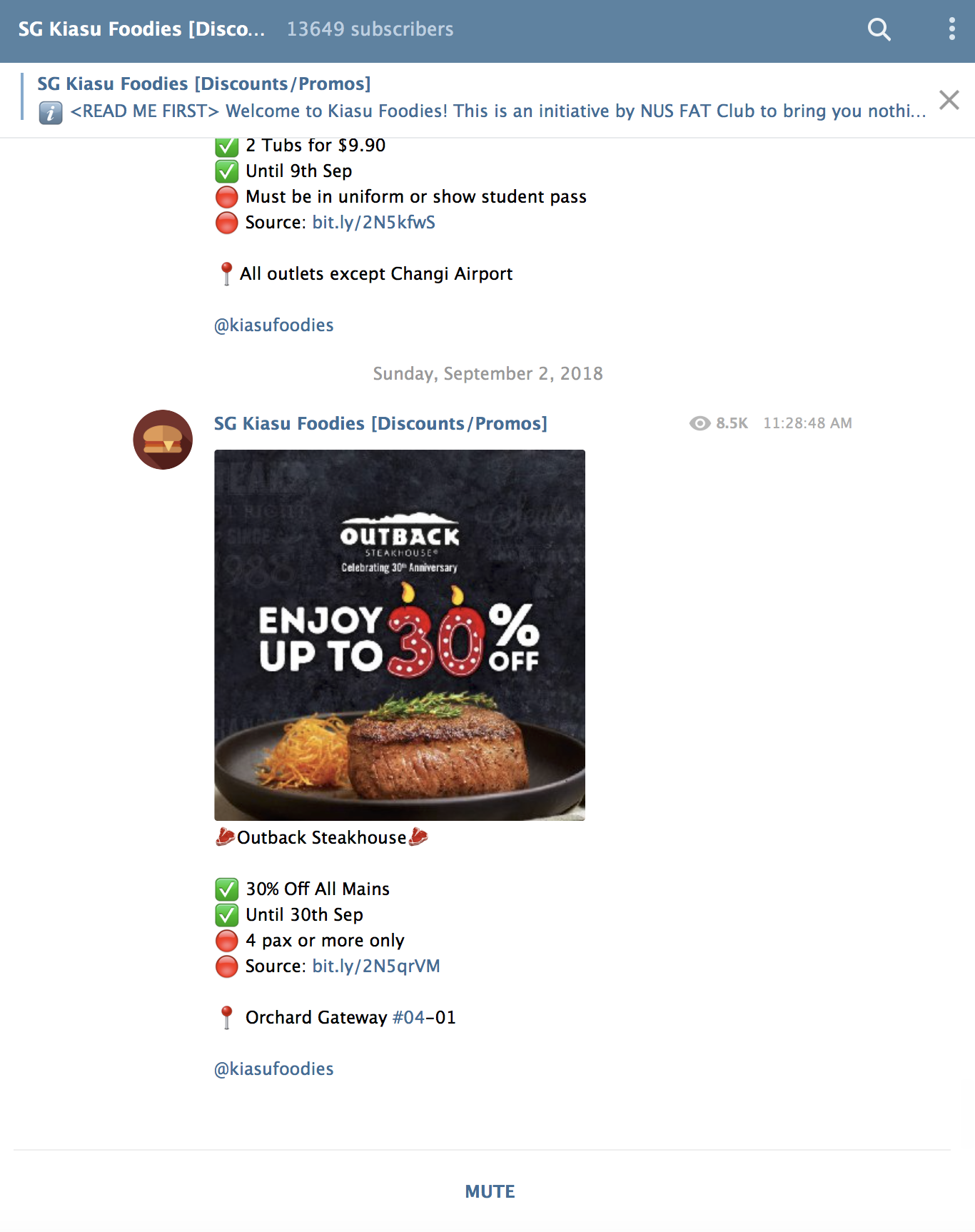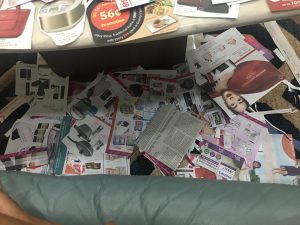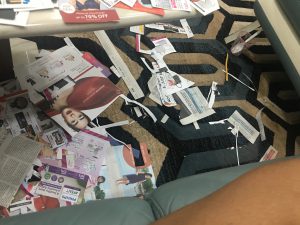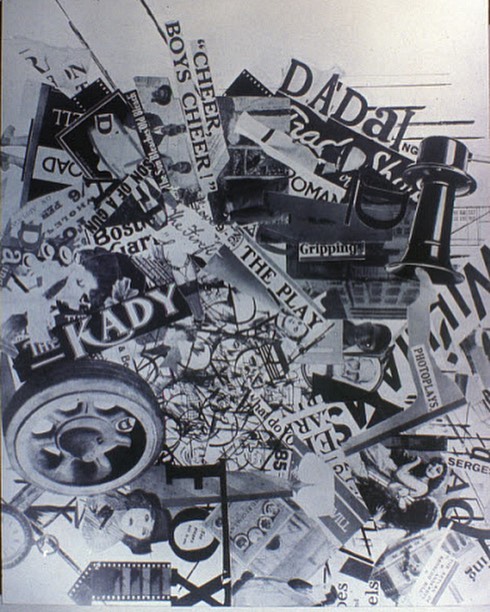“While guns rumbled in the distance, we sang, painted, made collages and wrote poems with all our might” – Hans Arp
When I first learnt about Dada when I was thirteen and just starting my study of visual art, I didn’t really know what was going on, and found the works perplexing in their blatant disregard for what I’d always thought Art should be – beautiful. I suppose that that’s what people in that time thought too. Seven years on, Dada has become my favorite movement. As Dada is particularly hard to define (its members themselves wanted to “evade the definition of a unified art movement”), and so with it, common visual characteristics are hard to pinpoint, my love for Dada comes from its ideology, not aesthetic qualities. I find it really inspiring that the artists devoted themselves to Dadaist art with such passion without losing hope after the atrocities of war, even with imminent threats.
One of the Dada artists that stir me is Hannah Hoch. She was already rare as a widely-known female artist in that time, and was aware of this and consciously “promoted the idea of women working creatively more generally in society”. She featured issues of gender and politics prominently in her work, one of which I will discuss below.
Here, Hoch uses photomontage to juxtapose newspaper photographs of primary German politicians (President Friedrich Ebert and Minister of Defense, Gustav Noske) against a floral background. Photomontage as a technique holds great meaning in this piece. “Intensely ideological”, it gave her power to cut, deform and place anywhere she wanted, these two powerful politicians who had ruthlessly put down the Spartacist Rebellion. They are juxtaposed into a kiddish, whimsical dreamscape where they stand unawares of the common German people’s hardships in their swimsuits.
Upon closer introspection, the floral background alludes to embroidery, which was the main source of income and primary occupation for the German women of that time. Brought together with substantial masculine figures (whom we are reminded aren’t altogether powerful in their more vulnerable, pot-bellied half-nakedness), the backdrop contrasts the position of women in society and questions the difference in value put upon traditionally feminine and masculine endeavours.
Sources:
https://theculturetrip.com/europe/switzerland/articles/deconstructing-dada-why-anti-art-will-always-matter/
https://www.theguardian.com/artanddesign/2014/jan/13/hannah-hoch-whitechapel-review



